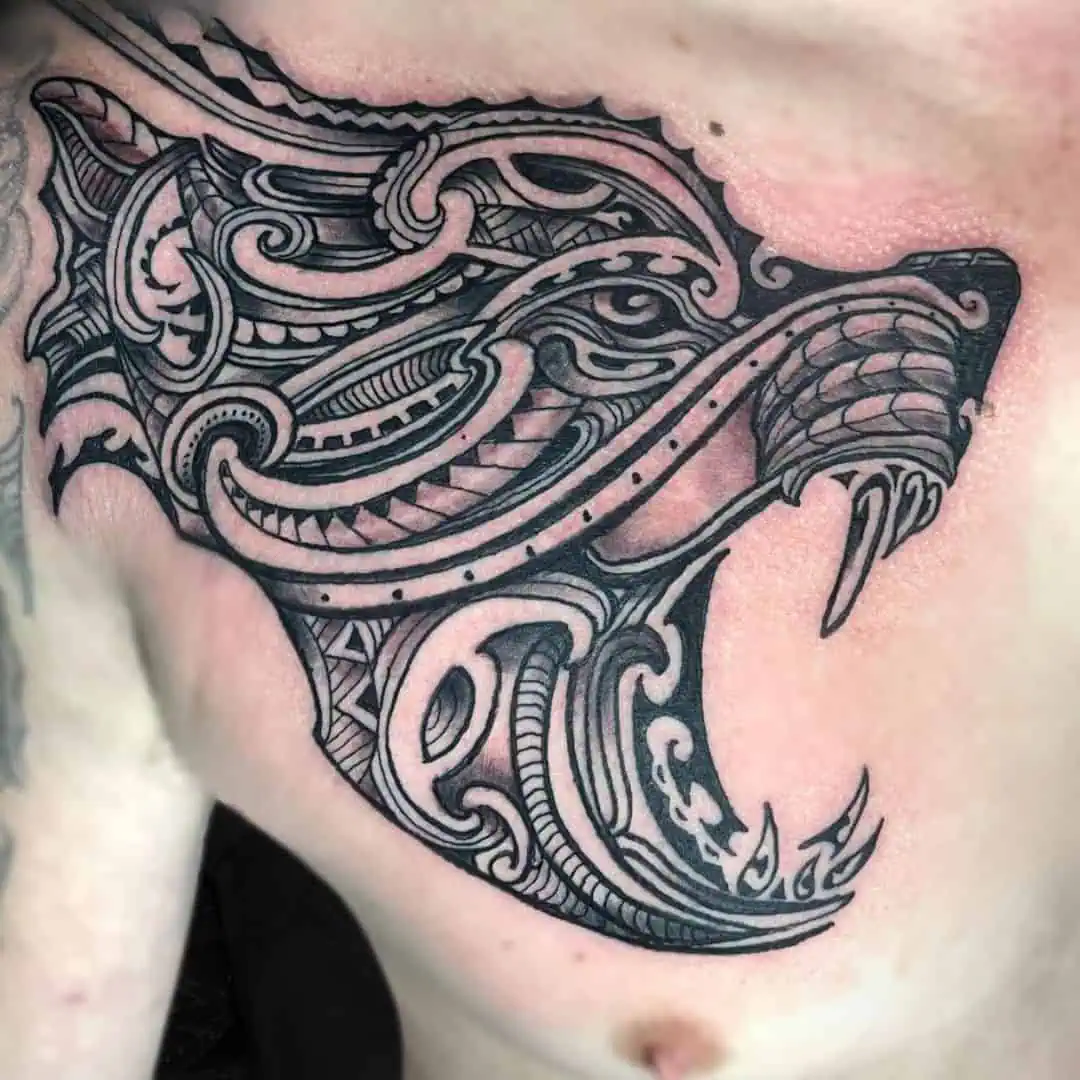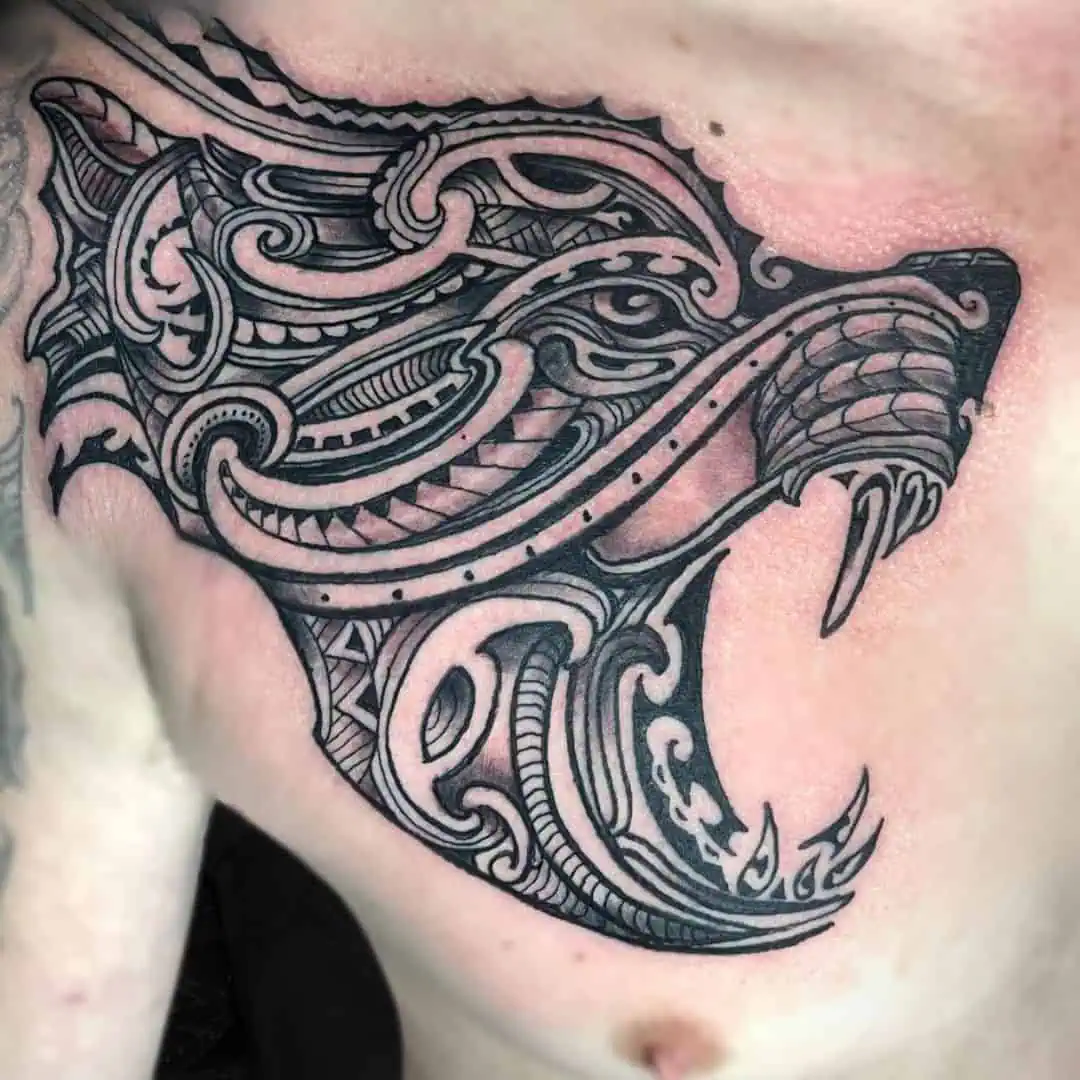Rejuvi tattoo removal is a popular method for erasing unwanted tattoos. Unlike traditional laser removal, Rejuvi uses a chemical process to break down the tattoo ink, which is then removed by the body. While this method offers a non-laser alternative, it comes with some potential side effects and red flags that need to be considered before undergoing the procedure.
Common Side Effects:
As with any tattoo removal procedure, Rejuvi tattoo removal (الآثار الجانبية لإزالة الوشم ريجوفي) may result in side effects. The most common effects include swelling, redness, and irritation in the treated area. These side effects are generally temporary and should subside within a few days. However, if swelling and redness persist beyond the usual recovery time, it’s essential to consult with a professional to ensure no complications are arising.

Risk of Infection:
While Rejuvi is a minimally invasive procedure, there is still a risk of infection. After the treatment, the skin may be vulnerable and should be carefully monitored for any signs of infection, such as increased redness, warmth, or pus. Keeping the area clean and following proper aftercare instructions can help reduce the risk of infection and support the healing process.
Scarring Concerns:
One of the most significant concerns with tattoo removal is the potential for scarring. Rejuvi tattoo removal works by using a chemical substance that is absorbed into the skin, and although rare, scarring can occur if the skin reacts negatively. It’s crucial to follow aftercare instructions to minimize this risk and avoid exposure to the sun, which can exacerbate scarring.
Allergic Reactions to the Solution:
Another red flag to be aware of is the possibility of an allergic reaction to the solution used in the Rejuvi tattoo removal process. Some individuals may be allergic to the chemicals in the solution, which could lead to hives, itching, or swelling in the treated area. If you experience any of these symptoms, it's important to contact a professional immediately to address the issue.
Hyperpigmentation and Hypopigmentation:
Hyperpigmentation (darkening) and hypopigmentation (lightening) are other potential side effects that can occur following tattoo removal. These pigmentation changes can happen when the skin is healing and may be temporary. In some cases, however, they can be permanent. It’s important to keep an eye on the treated area and be cautious of prolonged exposure to sunlight, which can worsen pigmentation issues.
Delayed Healing Time:
Healing time after Rejuvi tattoo removal varies from person to person, but it may take longer than expected for some individuals. If the healing process is prolonged or the tattoo does not show noticeable fading, it may indicate that the body is not responding well to the treatment. In these cases, it’s important to consult with a professional to assess the situation and explore alternative treatments if necessary.
Signs You Should Seek Professional Help:
While most side effects of Rejuvi tattoo removal are mild and temporary, there are certain red flags that should prompt you to seek professional help. If you experience excessive pain, severe swelling, or any signs of infection that do not improve with time, it's crucial to seek medical attention immediately. Additionally, if the tattoo removal is not progressing as expected or there is a lack of fading, professional evaluation is necessary to determine if further treatment is needed or if the procedure should be halted.
Conclusion:
Rejuvi tattoo removal can be an effective alternative to laser treatments, but it’s important to be aware of potential side effects and red flags. By staying informed and closely following aftercare instructions, you can minimize risks and improve your chances of a successful and smooth removal process.

